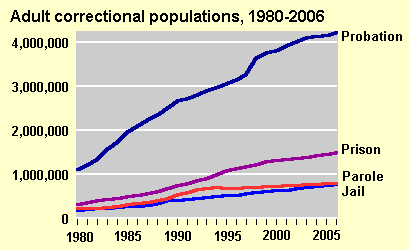A couple of months ago I wrote about how one percent of adults in the US get free government health care. While the statistics in the February Pew study were very interesting (and somewhat shocking), I saw a report in a local Connecticut newspaper (The Day, June 26th) that put a face on these statistics.
The Day’s story was about Jihad Abdulshaheed, a 36-year-old man who had been incarcerated since November 2007. The judge was prepared to sentence to a one year sentence, and since he had already served at least 50% of his time, under the Department of Corrections guidelines for nonviolent prisoners he could have been released the next day.…
